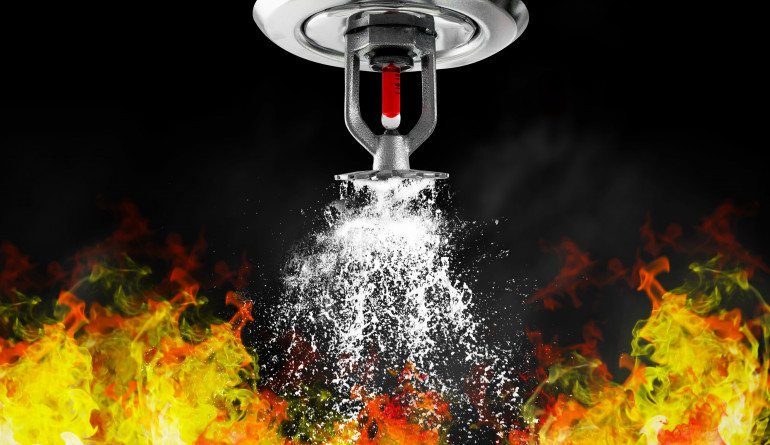Updated fire sprinkler standard NZS 4541 released

An update to the New Zealand standard NZS 4541 – Automatic fire sprinkler systems has just been released. This important standard provides an integrated set of rules for the design, installation, and maintenance of sprinkler systems so they reliably protect against the loss of life and minimise property damage from fire. It does this by controlling the fire within a specified area and allows escape before the levels of toxic by-products of combustion become life-threatening.
This standard is used extensively across the fire protection industry. New Zealand has one of the highest recorded successful operations of fire sprinkler systems, which can be attributed to the rigorous standards and associated legislation by which systems are installed and maintained.
After more than two years of hard work and focus by the NZS 4541 committee, which included considering comprehensive public feedback, the updated standard incorporates several key amendments. It also contains a number of changes as a result of lessons learned since the 2013 standard was published.
Committee chair, Chris Mak, ‘Our goal was to increase reliability and resilience by – in particular – reviewing the seismic resilience provisions and bringing them into line with the standard NZS 1170 part 5. This follows a groundswell of momentum from the consulting and construction industry following lessons learned from the Wellington earthquake in 2013.’
Increased resilience of high rise sprinkler systems and reduced cost
A second significant change the committee looked at is sprinkler systems in high rise buildings – particularly with regards to the Auckland market. This is as a result of lessons learned from the Melbourne Lacrosse fire in 2014, where a serious cladding fire across multiple levels was started on a balcony.
‘We concluded we can increase the resilience of high rise sprinkler systems while reducing cost by combining them with fire hydrant systems. We can keep the resilience of having independent systems in place using valving and pumping arrangements. This would give us a more robust sprinkler system,’ Chris explains.
This piece of work will be finalised when NZS4510:2008 Fire Hydrant Systems in Buildings is revised – scheduled publication in 2021.
The revised standard addresses the following areas:
- Fire protection of tall (>25 metres and >45 metres) and large (>11,000 square meters) buildings
- Seismic restraint of pipework to align with NZS 1170.5 Structural design actions; Part 5 Earthquake actions – New Zealand
- Inclusion of new technologies for car stackers and in-rack sprinkler systems for warehouses
- Editing of the standard and inclusion of the errata collected since the last revision in 2013.
You can purchase the revised New Zealand standard on the Standards New Zealand website(external link).
